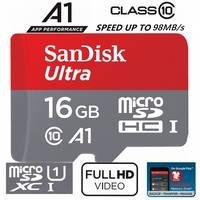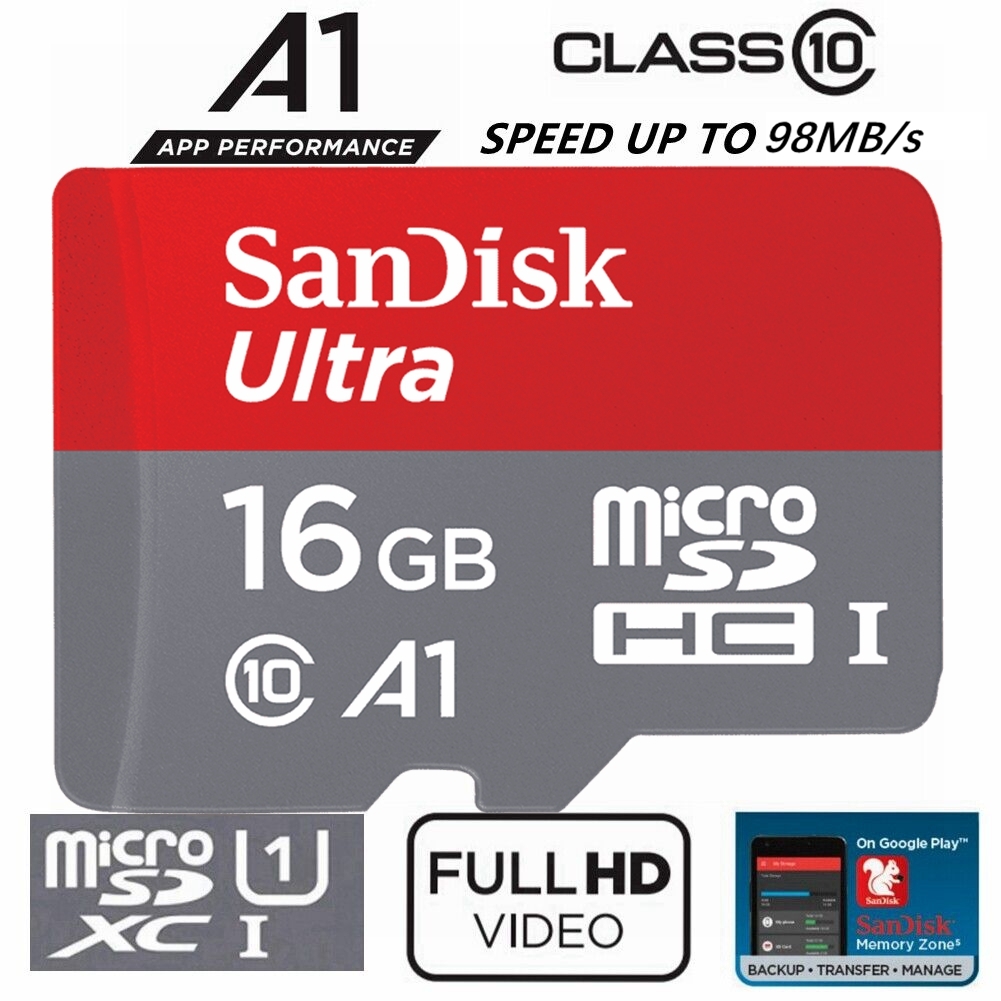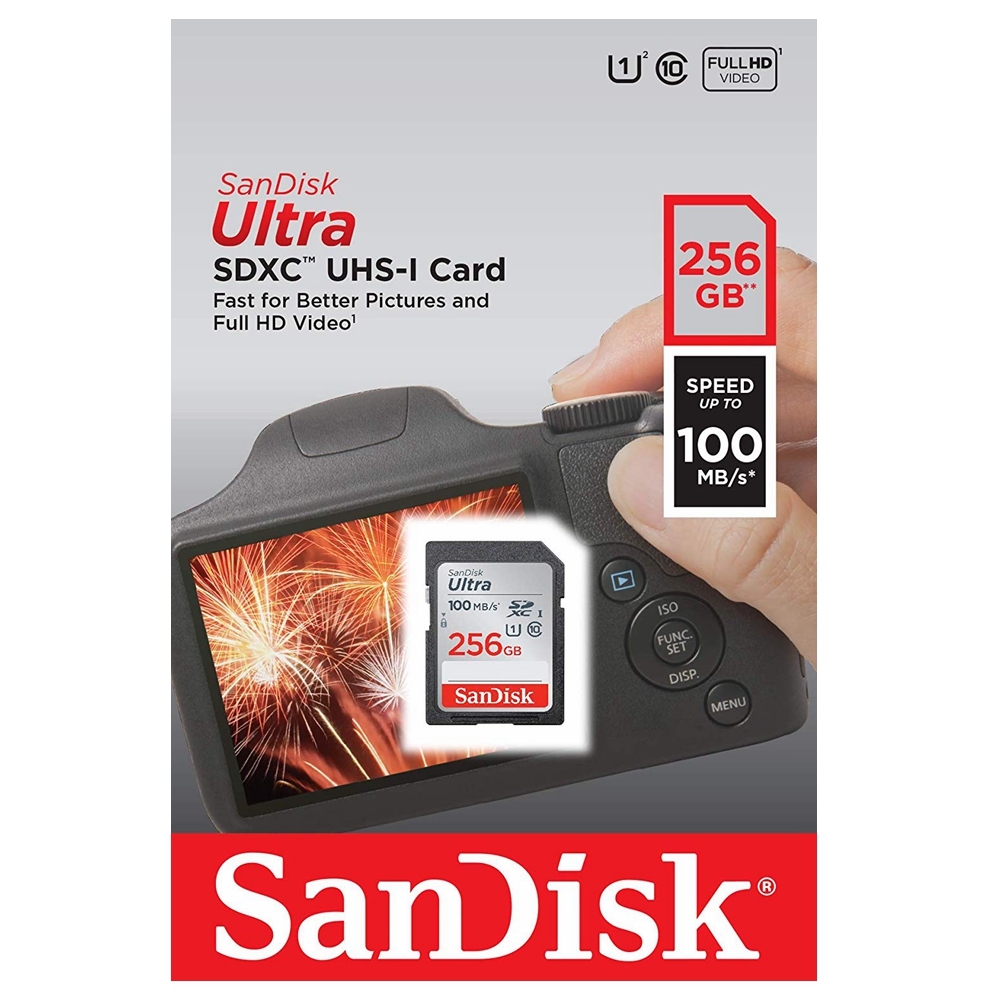A Comprehensive Guide on Micro SD Cards
By: Red Dela Peña On: 6 March 2024

Ever feel like your phone, camera, or tablet is always running out of storage? It's a common frustration in the digital age, but fear not – Micro SD cards are here to save the day. These tiny but powerful devices offer a simple solution to expanding storage capacity in a wide range of digital devices. In this guide, we'll delve into everything you need to know about Micro SD cards, from their types and speeds to choosing the right one for your needs.

What Are Micro SD Cards?
Micro SD (Secure Digital) cards are small, removable flash memory cards used to expand the storage capacity of devices like smartphones, cameras, tablets, and more. They're versatile little gadgets that come in various sizes and functions, making them essential accessories for anyone dealing with limited storage space.
Types of Micro SD Cards
- SDHC (Secure Digital High Capacity): These cards typically offer capacities between 4GB and 32GB, making them suitable for moderate storage needs such as storing photos, music, and documents.
- SDXC (Secure Digital Extended Capacity): With capacities ranging from 64GB to a whopping 2TB, SDXC cards are perfect for users with extensive storage requirements, such as professional photographers or videographers.
Key Differences and Use Cases
The primary difference between SDHC and SDXC cards lies in their storage capacities. While SDHC cards are ideal for everyday use and smaller storage needs, SDXC cards cater to users who demand larger storage capacities for high-definition content and intensive applications.
Understanding Speed Classes
Micro SD cards come with different speed classes that indicate their minimum write speeds, ensuring smooth performance in various applications:
- Classes 2, 4, 6, 10: These classes represent the minimum write speeds in megabytes per second (MB/s). For instance, a Class 10 card guarantees a minimum write speed of 10MB/s, making it suitable for tasks like HD video recording and continuous shooting in photography.
- UHS-I, UHS-II, UHS-III: Ultra High-Speed (UHS) classes denote higher performance levels, especially beneficial for demanding tasks like 4K video recording and fast data transfers.
- Application Performance Classes (A1/A2): These classes are specifically designed for running apps smoothly from your SD card, ensuring efficient performance in smartphones and tablets.
Choosing the Right Micro SD Card
When selecting a Micro SD card, consider the following factors:
- Device Compatibility: Ensure compatibility with your device's specifications, including SDHC vs. SDXC support and speed class requirements.
- Storage Needs: Assess your current storage usage and future requirements to determine the appropriate capacity for your needs.
- Intended Use: Tailor your choice based on your usage, whether it's photography, videography, gaming, or general file storage.
- Brand Reputation: Opt for reputable brands known for reliability and data security to safeguard your precious digital assets.
Beyond the Basics
When it comes to Micro SD cards, there's more than meets the eye.
- Endurance Micro SD Cards: If you're using your Micro SD card for continuous recording applications like dashcams or security cameras, consider investing in endurance cards designed for prolonged usage.
- Formatting Your Micro SD Card: Proper formatting is crucial for optimal performance and compatibility with your device. Follow manufacturer guidelines to ensure correct formatting procedures.
- Troubleshooting Tips: Familiarise yourself with common issues like data corruption or compatibility errors and learn how to troubleshoot them effectively.
Unlock Limitless Possibilities with Micro SD Cards
Micro SD cards may be small in size, but they play a significant role in expanding storage capacity and enhancing performance in digital devices.
By understanding the various types, speed classes, and factors to consider when choosing one, you can make informed decisions that meet your storage needs and ensure seamless functionality across your devices.
So, next time you're grappling with storage constraints, remember – a Micro SD card could be the solution you've been looking for.







